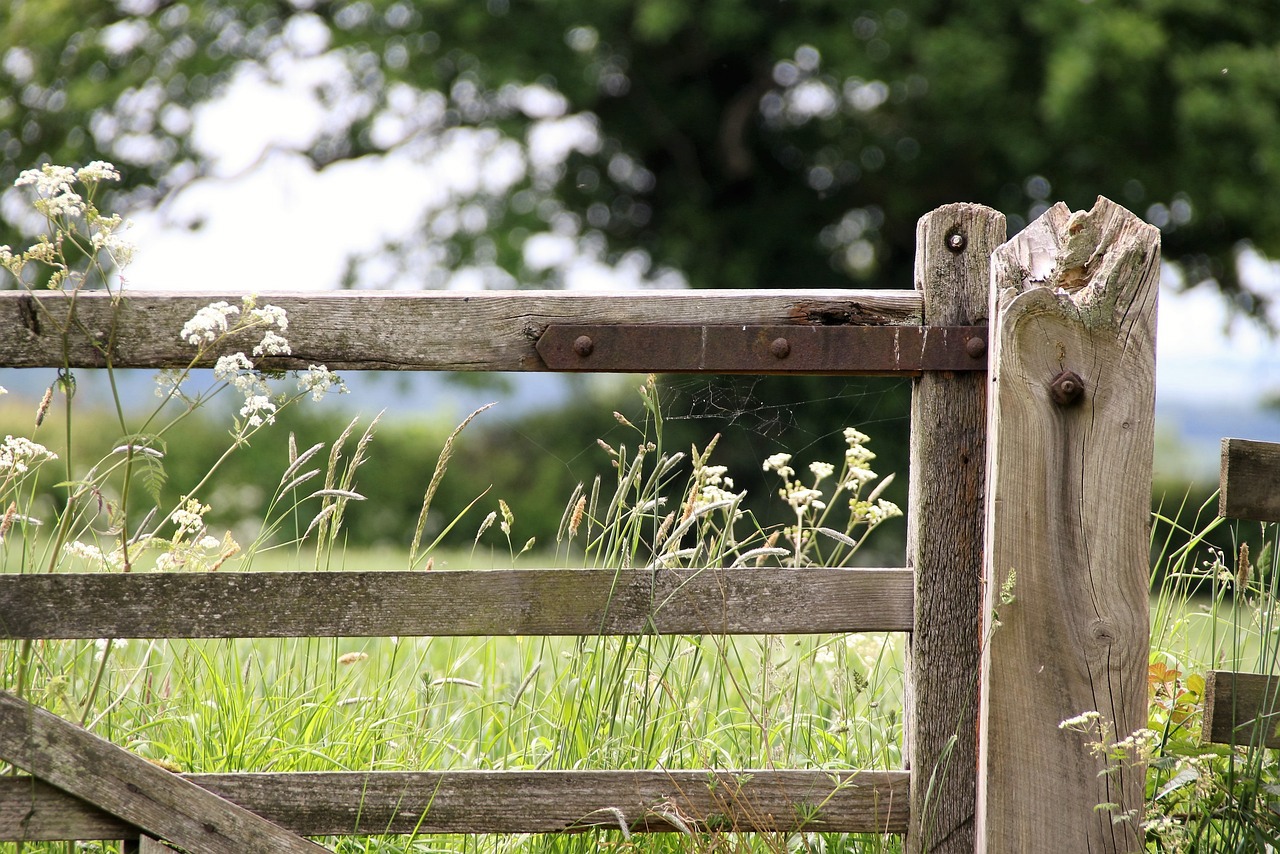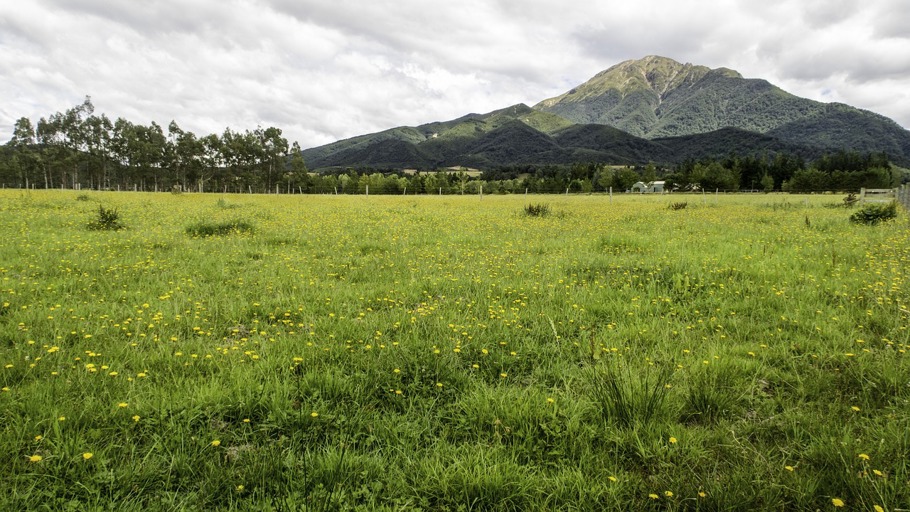6 ways technology is transforming farm management
Transforming agriculture: Innovation in farm management
Biosecurity
Compliance

From contractor check-ins to biosecurity measures, job management to communication, innovative solutions are transforming the agricultural sector and making your life easier.
Let's dive in and explore the endless possibilities that await you on your farm.
#1. Ditch the manual check-ins for automated arrival
A typical farm needs farmhands, specialist contractors and other paid professionals to ensure all the daily activities are met. Historically the coordination of farming resources was time consuming and required farm managers or owners to manually onboard contractors and show them the job required.
This is no longer the case. With the innovation of mobile technology that uses mobile networks, GPS, app design and push notifications, farm contractors can be checked in to a farm from anywhere they are. This means contractors don’t spend precious time meeting at a physical point to get briefed, but can simply enter close to the job and use an app like Onside to answer a series of check-in questions before they start working.
Farmers can have this information pushed to their mobile device so they know who’s on the farm (and where). Check out our complete guide to farm management apps to learn more.
#2. Putting safety first: Tech to protect farmers and growers
There’s no secret that farmers encounter a number of risks in this industry including those from machinery, property, animals and conducting various operations on their farm. Entities like WorkSafe have many dedicated resources designed to help farmers and growers protect themselves and anyone on their farm from injury or health risks.
According to WorkSafe, “The Health and Safety in Employment Act 1992 aims to ‘promote the prevention of harm to all people at work, and others in, or in the vicinity of, places of work’. It applies to all workplaces in New Zealand.”
Technology and innovation has played a big role in helping the agricultural sector become more proactive and preventative with its measures around accidents and farmer safety. Examples of this in action include hand power tools with safety cut off features, farm vehicles with anti roll, impact detection and shut off, automation of robots and self driving vehicles to conduct tasks like spraying and planting, and so on.

Keeping a farm and its workers safe isn’t down solely to having the latest equipment, however. Much of the process of keeping people safe is down to preventative measures such as informing new workers of hazards, the ability of your team to report potential hazards and capturing incidents or near misses in a way that keeps your operation in line with H&S reporting standards. App-based technology like Onside can take care of all of these needs, in one centralised place that’s real-time and easy to input information to. Explore more in our article on the biosecurity tech stack: safeguarding our $100B target.

#3. Tackling biosecurity threats head on
Biosecurity remains one of the agricultural sector’s greatest threats, with the Government closely involved in measures to protect what’s one of our main export industries. There are numerous ways in which biosecurity of farms at an individual and group level can be monitored and pests or disease identified.
Technology plays a part in the efforts to protect our livestock and produce, coupled with careful practices that the sector is encouraged to adopt. Various innovations including biometric wearables on livestock, milk testing, sampling of crop health, and pest control automation have all helped farm operations protect their livelihood.
At Onside, our product’s feature set helps to track and protect against biosecurity hazards through a combination of pre-arrival biosecurity requirements for visitors to adhere to, as well as check in questions to confirm their previous whereabouts. This is such an important aspect of biosecurity control because a great deal of pests and diseases are transferred through people and vehicles, including mud on gumboots or skin to livestock transfer.
Prevention is part of the challenge, where tracking live biosecurity threats and containing them is another thing entirely. Our biosecurity solution, Onside Intelligence or OSI, is designed to use a number of data points and algorithms, including the biosecurity information we can anonymously gather through our user base, to build models of where threats exist and predict where they may be occurring next.
We see data science playing a fundamental role in the protection of farms – OSI is a big step towards unlocking the potential of this to help our industry stay healthy and successful.
#4. Map your farm accurately
Farm mapping technologies have been progressively improving over the past few decades, with the cost and complexity of accurately capturing the farm property and livestock movements coming down significantly.
Perhaps the most clear example of this is through aerial mapping technology enabled by drones. With the combination of drone technology and mapping software, New Zealand farms can build excellent aerial information as to their property’s size, topography, pasture needs and surveying needs. Mapping is also conducted through ground-based surveying approaches, in which digital and imaging tools can be used to generate highly accurate reports of farm land.
Mapping is used for many reasons – making decisions around livestock, feeding, fencing requirements, subdivisions, preparing land for irrigation and so on.
One of the ways that Onside utilises mapping technology is to prepare your farm for visitors to identify where jobs (and indeed hazards) exist. By combining satellite map and GPS technology, Onside users are able to know exactly when they’ve crossed the boundary onto a farm. This map greatly reduces the guesswork required for staff and contractors as to where they need to go to complete the job. Farm owners can pinpoint exactly where on the farm they need the task completed – a revelation for any farm that needs to coordinate multiple farmhands and contractors at once.
#5. Job Management on the farm
Farmers and growers have long had the challenge of understanding exactly where their workers are located and what they’re doing. Traditional approaches of worker management across a large area like a farm have required significant time commitment. With the development of mobile network coverage, farms can now leverage this connectivity as a daily management tool.
Our task management features have been designed to provide both workers and farm owners with a real time view of the tasks currently being worked on, those still to do, and where these tasks are. This way, farmers can easily know where their team is, and travel to those parts of the farm to provide assistance or review the work in progress.
#6. Stay connected: On-Farm communications made easy
The advancement of mobile tech has seen farmers and growers use standard messaging apps but these come with drawbacks including privacy, lack of optimisation for farm applications and having no direct connection to jobs in progress. These are workable solutions, but not optimal – there’s often extra clarification required which hampers efficiency.
A core element of our digital toolkit for farmers, growers and contractors is the ability to communicate with individuals and as a group. Onside allows you to call or message someone directly, or notify everyone currently on the farm with important updates.
The importance of clear communication on a farm can’t be overstated. Identifying risks, coordinating shared task completion and answering any questions can all be made much easier thanks to mobile technology.


